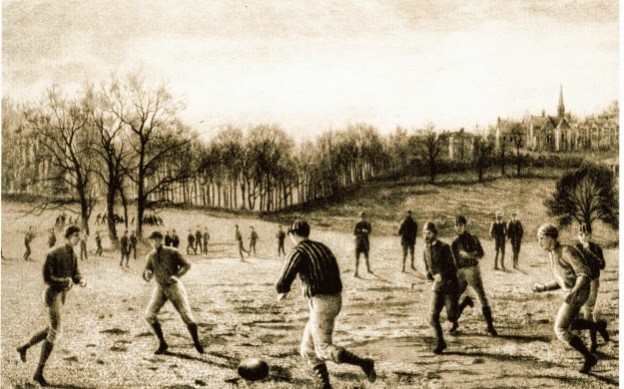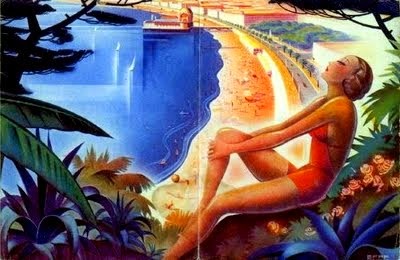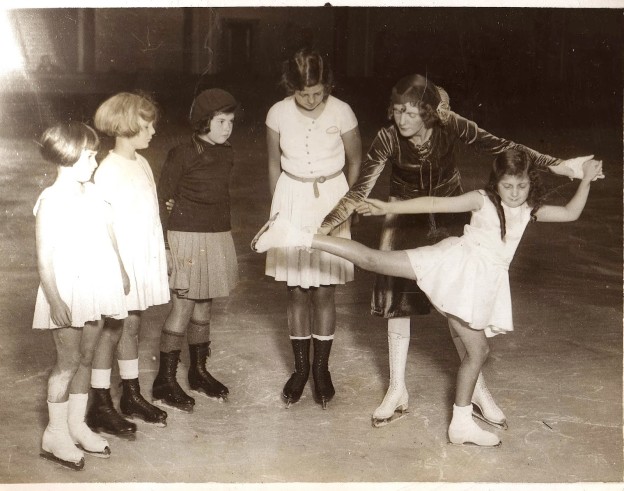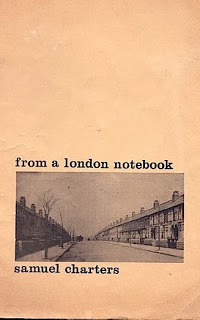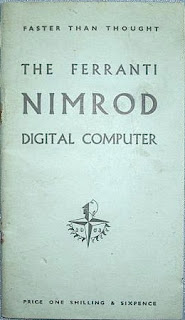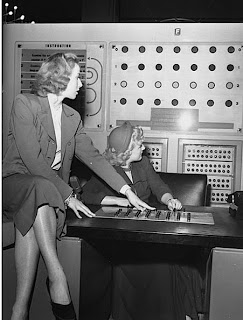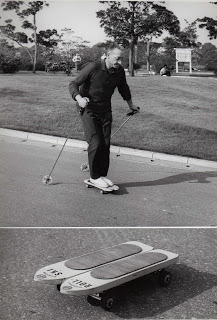Found- a rare pamphlet Song of the Football Cup (Ingalton Drake, Eton 1890) by R. Carr Bosanquet, with music composed by Joseph Barnby. The whole song goes thus:
Mustering under the old red wall, less than year ago
(The sky that day was sullen and gray the frost lay hard below,)
Each of us vow'd he would conquer or fall, facing the friendly foe;
Our hearts we steel'd as we took the field, and felt our pulses glow.
Mustering under the old red wall, less than year ago etc.,
Continue reading

